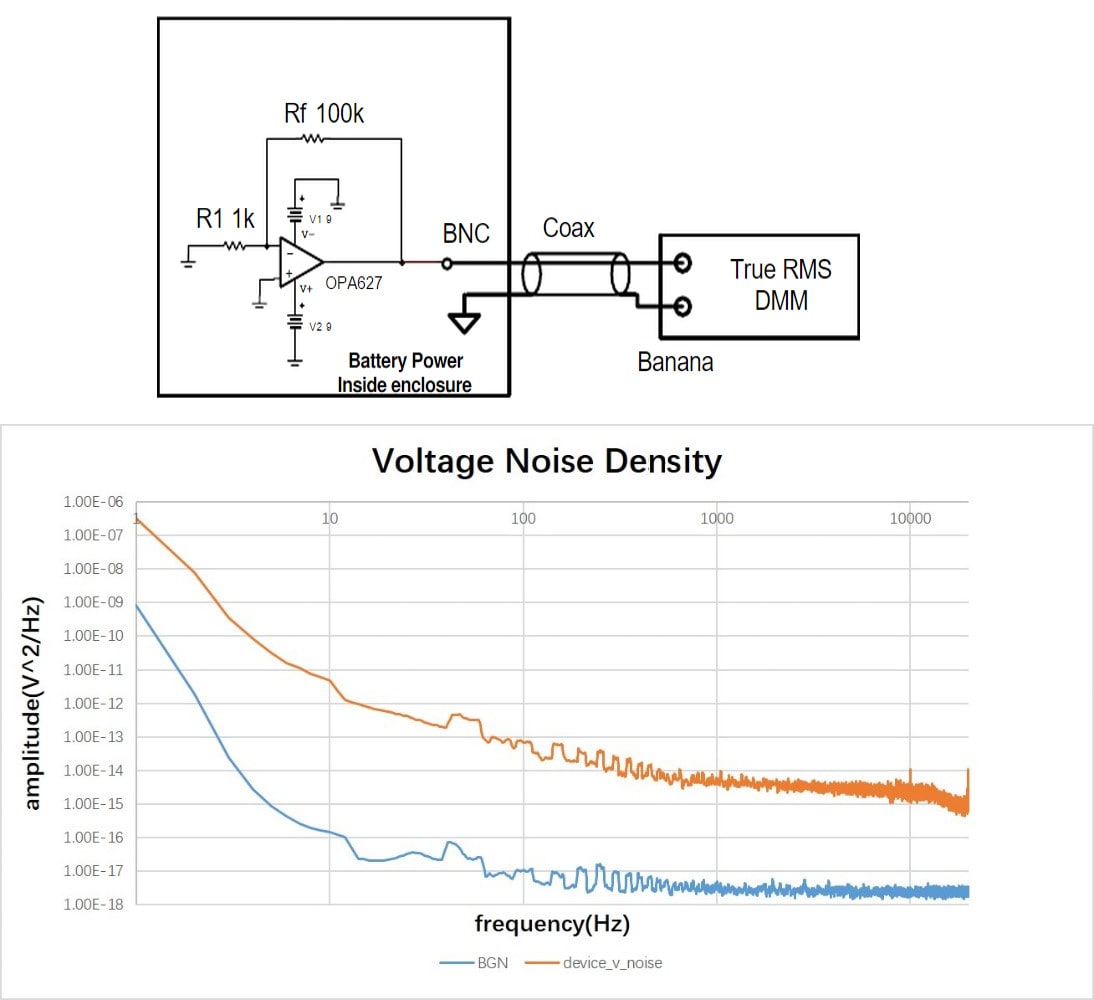

Even in cases where the normal approximation is not very good, it can still give a general idea of how far results are likely to be from the mean. The approximation is better for large values of $ N $ and values of $ p $ near 0.5. Nonetheless, it is possible to approximate the binomial distribution with a continuous normal distribution. The binomial distribution is discrete - only certain results are possible (integers between 0 and N). Happily, somebody already did that arduous bit of math, and you can just look up the result on Wikipedia: Using this formula, you could compute the standard deviation of a binomial distribution.
#MEASURE DARK NOISE SOFTWARE#
Where $ P $ is the pixel value, $ x $ and $ y $ are the position-dependent matrix indexes, $ G $ is the gain of the amplifier (which can be changed be software configuration on many camera models), and $ N_ $ Mathematically each pixel value is given by: The details of the amplifier depend on the type of image sensor. Image sensors typically include amplifiers that multiply the the number of electrons in each bucket by a constant. The camera returns the pixel values to the computer as a matrix of binary numbers so the image can be recorded, displayed, quantified, or manipulated. It's okay if you want to keep picturing the miniature Count instead of an ADC.

The ADC converts each bucket's charge into a binary number called a pixel value. (Not really.) The real thing that does the electron counting is a piece of electronic hardware called an analog-to-digital converter (ADC). A miniaturized version of the Muppet character Count von Count goes around to each bucket and counts the number of electrons. (Not really.)Īfter the exposure, it's time to count the number of electrons in each bucket. When the exposure is over, the nanobot replaces the lid. (Not really.) During an exposure, the nanobot takes the lid off the bucket for the specified time interval, allowing photoelectrons to fall into the bucket. Each bucket has a tiny lid, operated by a cybernetic nanobot shaped like Robby the Robot. (The cameras in the lab have about 400,000 solar cell/buckets, called pixels, which is a portmanteau of "picture elements.") Photons strike the tiny solar cells and give rise to photoelectrons, which (usually) fall into the bucket underneath. A simple mental model of a digital image sensor consists of an array of tiny solar cells with a bucket underneath each one.
#MEASURE DARK NOISE FULL#
lx^-1 in that way you would find that a moonless night (just the stars) with no light pollution the darkness was ~ 10,000 lx^-1 a full moon about 1, and a very overcast day around 0.01.Recording a digital image is essentially an exercise in measuring the intensity of light at numerous points on a grid. If you particularly wanted a unit of darkness which was intuitive so that increasing darkness resulted in bigger numbers the easiest solution would be to use reciprocal illuminance i.e. Now coming back to the original question I’m not aware of any measure of darkness, other than measuring the absence of light.
#MEASURE DARK NOISE SERIES#
A series of exposures with long integration times gives you a good estimate of the dark noise - not better or worse, it IS the way to measure. And the noise power increases linearly with time. So spectrum is more-or-less featureless (flat). The optical density would be a more accurate description of the total loss of light from its interaction with an object. \begingroup the link says the dark noise is, just like photon shot noise, Poissonian in nature. Interestingly (if you are so inclined!) the “darkness” of an object may not only be defined by its absorbance (which strictly only applies to light which is absorbed) – light may be scattered, interfered or reflected too and to the observer all contribute to ‘loss of photons’ which make the object appear darker. Absorbance Units are an artificial construct by people embarrassed about not having a unit! “Absorbance Units”Īctually Absorbance doesn’t really have any units (its a dimensionless quantity – being the log of a ratio!). ‘Absorbance’ and units of absorbance are called….


 0 kommentar(er)
0 kommentar(er)
